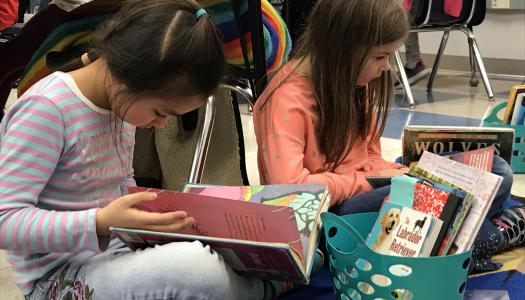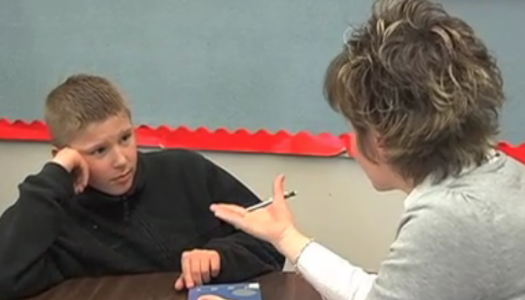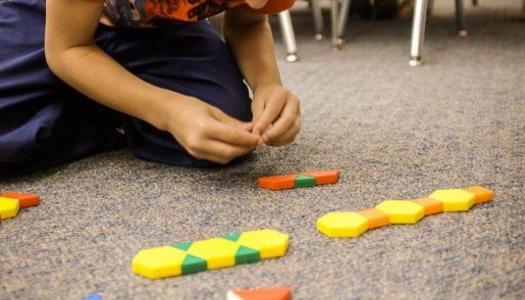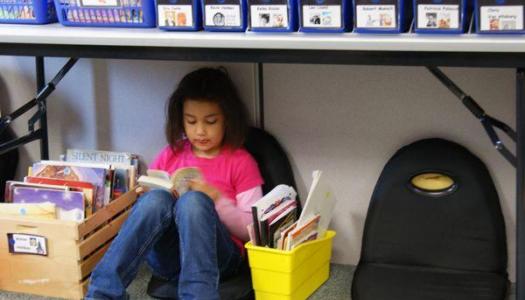Using Prepared Classroom Alongside the Science of Reading

The Science of Reading is grounded in research about how kids learn to read. It emphasizes explicit, systematic instruction in phonemic awareness, phonics, fluency, vocabulary, and comprehension. But here’s the thing:
Even the best reading instruction can fall flat if the classroom environment and routines don’t support it.
That’s where Prepared Classroom comes in.
Prepared Classroom isn’t a reading program or curriculum. It’s not trying to be the next Daily 5. Instead, it’s a flexible, instruction-focused framework built around eight evidence-based practices that help create the right conditions for all learning to thrive. Let’s take a look at how Prepared Classroom complements the Science of Reading practices:
- Strong Teacher-Student Relationships
When students feel seen and supported, they’re more willing to take academic risks, ask questions, and push through difficult tasks.
SoR Connection: Positive relationships boost motivation and engagement—critical for readers who may struggle or feel discouraged.
- A Learning-Ready Environment
Prepared Classroom encourages classrooms that are calm, organized, and filled with helpful visuals.
SoR Connection: Things like sound walls, anchor charts, and word walls support orthographic mapping, vocabulary development, and concept retention. An uncluttered space reduces distractions and helps students access what they need.
- Clear Routines and Expectations
When students know what to expect—how to transition, where materials are, what their responsibilities are—they can devote more mental energy to the learning itself.
SoR Connection: Predictability and structure allow students to focus during guided reading, phonics work, or shared reading time. Less time managing behavior = more time teaching reading.
- Purposeful Independent and Collaborative Work
Students need meaningful opportunities to work on their own and with others. Prepared Classroom emphasizes giving students intentional tasks that extend or reinforce direct instruction. It's about purpose over busywork.
SoR Connection: The Science of Reading highlights the value of deliberate practice. Whether it’s decoding practice, vocabulary games, or fluency reading, independent work reinforces explicit teaching. Collaborative tasks give students chances to talk through texts, explain strategies, and grow comprehension.
- Brief and Focused Lessons
Students don’t need long lessons—they need clear, intentional ones.
SoR Connection: Structured literacy thrives on direct, focused teaching. Short, powerful mini-lessons keep students engaged and leave room for guided practice, conferring, and application
- Conferring
Checking in with students one-on-one or in small groups helps personalize instruction and deepen learning.
SoR Connection: Conferring supports responsive instruction. When you’re able to listen to a student read, coach them through a decoding error, or guide them through a comprehension strategy, you’re doing exactly what SoR recommends: real-time support that meets students where they are.
- Progress Monitoring and Accountability
Prepared Classroom highlights the power of checking in regularly. Data helps guide instruction—but it also helps students own their learning.
SoR Connection: Ongoing assessment and responsive instruction are cornerstones of Science of Reading-aligned teaching. Whether it’s fluency checks, phonics screeners, or comprehension interviews, monitoring progress helps you adjust instruction and celebrate growth.
- Authentic Transfer
We want students to use what they’ve learned, across subjects, settings, and tasks.
SoR Connection: Transfer happens when students apply decoding strategies in real texts, use vocabulary in their writing, or explain what they’ve learned to others. These aren’t isolated skills, they’re tools for meaningful communication
Prepared Classroom isn’t about doing more. It’s about creating a classroom where routines are strong and students are engaged. It’s about teaching in a way that helps your students learn better—because the systems, routines, and supports are already in place. And, while it isn’t literacy-focused by design, it absolutely amplifies Science of Reading instruction by creating the structure and environment students need to thrive.
When your classroom is calm, clear, and focused, your students have the space, and support, they need to do the hard, rewarding work of becoming confident, capable readers.





